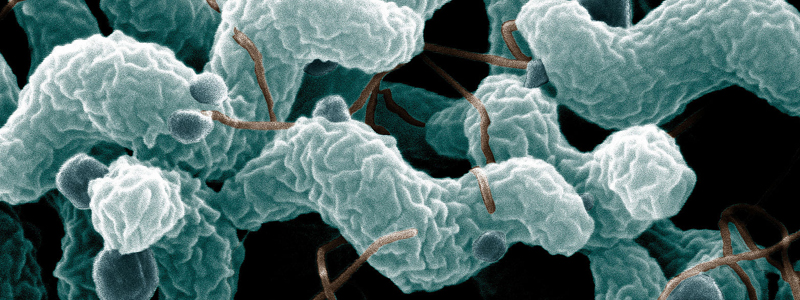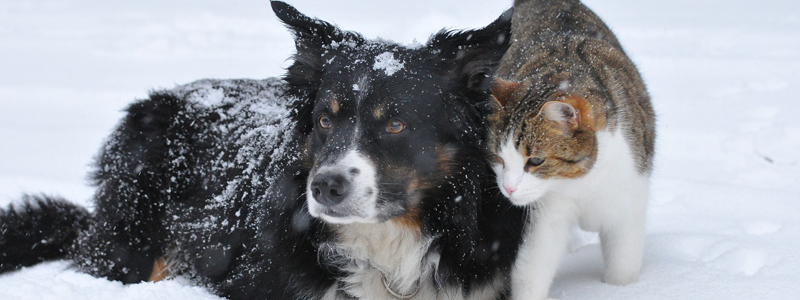BY SAMANTHA BARTLETT, DVM
A recent outbreak of infection from Campylobacter species includes at least 67 people across 15 states through the months of September 2016 and October 2017. The CDC has found a relationship between most of those infected and contact with puppies associated with Petland stores. The bacteria involved with this outbreak are resistant to many antibiotics, making it difficult to treat. However, there have been no deaths associated with these infections so far. People affected by this outbreak were either employees of a Petland store, customers of Petland stores or had contact with puppies acquired through Petland stores. The CDC reports infections have involved people in 12 states including Florida, Kansas, Maryland, Missouri, New Hampshire, New York, Ohio, Pennsylvania, Tennessee, Utah, Wisconsin and Wyoming.
Camplyobacter usually causes bloody diarrhea, abdominal cramping, and fever in people. In healthy people, the infections usually resolves itself in within a week without treatment. However, in immune-compromised individuals, the infection can be life-threatening. The CDC estimates 1.3 million people are infected by Campylobacter yearly. Unlike the current outbreak, most people acquire Campylobacter infections through the handling or ingestion of raw or undercooked poultry products. Dogs infected with Campylobacter may or may not show clinical signs. The most common signs are diarrhea and vomiting. Infection is diagnosed in dogs through fecal culture.
It is important to note that other companion animals such as cats and ferrets. Transmission is usually through ingestion of undercooked meat or through contact with feces or urine. It is important to educate clients on the possibility of zoonotic transmission of infection from their pets especially when their pet has vomiting or diarrhea. The most important prevention is good hygiene; wear gloves and wash hands after cleaning up feces or vomit. The CDC has issued several recommendations to prevent infection with Campylobacter. These recommendations include: washing hands after touching dogs, feces or their food; ensure children wash hands after contact with puppies or dogs; pick up and dispose of dog feces especially in areas where children play; and contact a veterinarian if your dog has any signs of illness.
It is important to remember that campylobacteriosis is still a threat even if there has been no contact with pets. The consumption of raw milk, raw or undercooked meat and vegetables that haven’t been cleaned are all risk factors for infection. Good hygiene during food preparation is also a must. There is enough bacteria in a single drop of juice from raw chicken to potentially cause illness in a person or pet. Clean cooking surfaces and wash hands thoroughly immediately after handling any raw foods to avoid cross contamination of ingredients.











